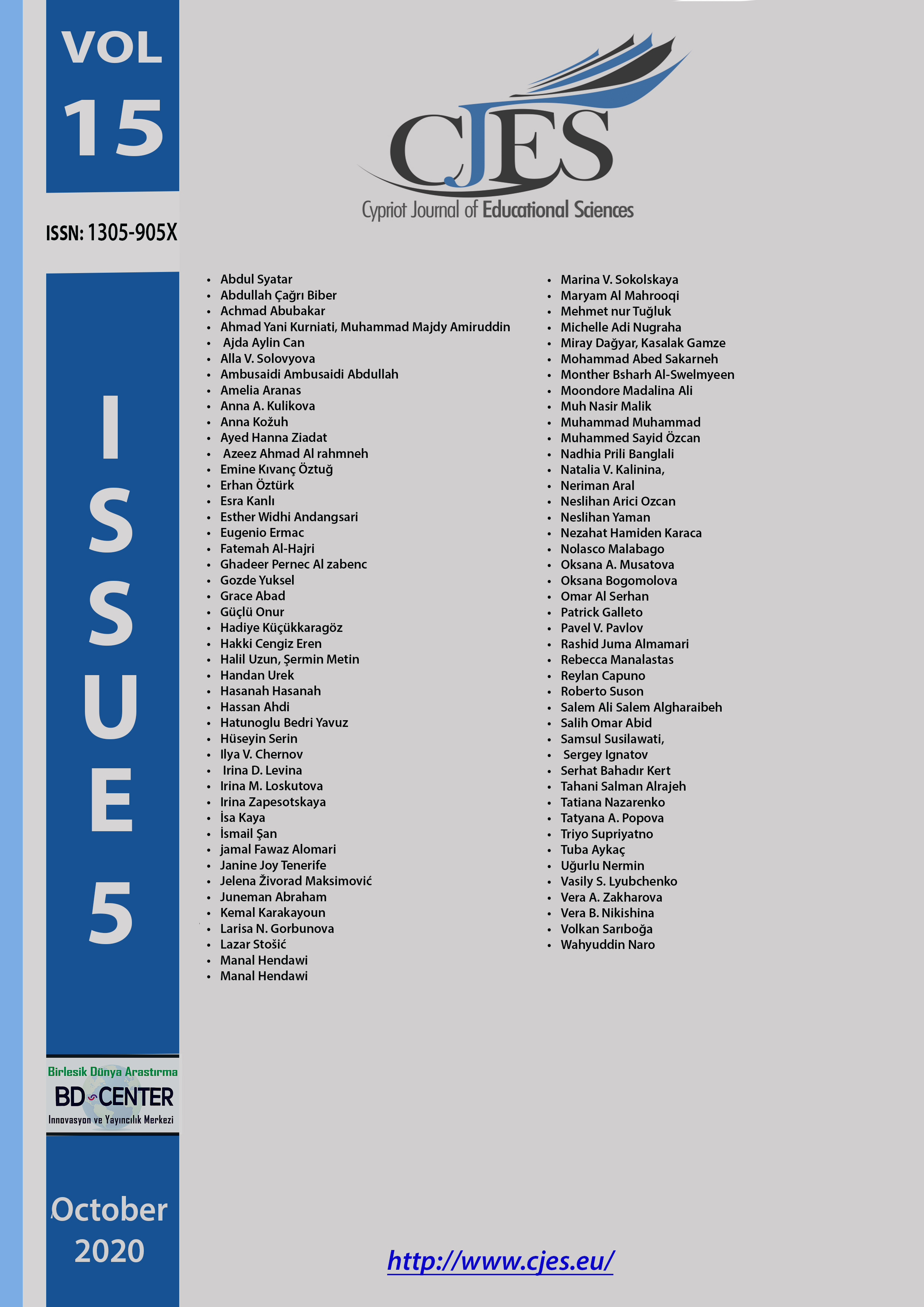Demographic factors associated with young children’s motor creativity
Main Article Content
Abstract
This study investigated factors that are associated with the creative motor skills of young children. We recruited through random sampling 233 typically developing children attending preschool or kindergarten in Afyonkarahisar, Turkey. We administered a “General Information Form†to gather the children’s demographic characteristics and the “Thinking Creatively in Action and Movement Test†to evaluate the children’s creative motor skills level. We analyzed the children and familys’ demographic characteristics with frequency and percentage values, and we analyzed the TCAM with multiple linear regression analysis to determine whether independent variables predicted creativity on the TCAM. Our results showed that, among the sub-dimensions of the TCAM, the mother’s age and profession best predicted the sub-dimension of fluency and the mother’s profession best predicted the sub-dimension of novelty. Regarding, the sub-dimension of children's creative motor-imagination, neither the children’s gender or age, the parents’ age, education or occupation were significant predictors.
Keywords: Creativity; creative thinking; motor creativity
Downloads
Article Details
Cypriot Journal of Educational Sciences is an Open Access Journal. The copyright holder is the author/s. Licensee Birlesik Dunya Yenilik Arastirma ve Yayincilik Merkezi, North Nicosia, Cyprus. All articles can be downloaded free of charge. Articles published in the Journal are Open-Access articles distributed under a CC-BY license [Attribution 4.0 International (CC BY 4.0)].
Birlesik Dunya Yenilik Arastirma ve Yayincilik Merkezi (BD-Center)is a gold open-access publisher. At the point of publication, all articles from our portfolio of journals are immediately and permanently accessible online free of charge. BD-Center articles are published under the CC-BY license [Attribution 4.0 International (CC BY 4.0)], which permits unrestricted use, distribution, and reproduction in any medium, provided the original authors and the source are credited.

